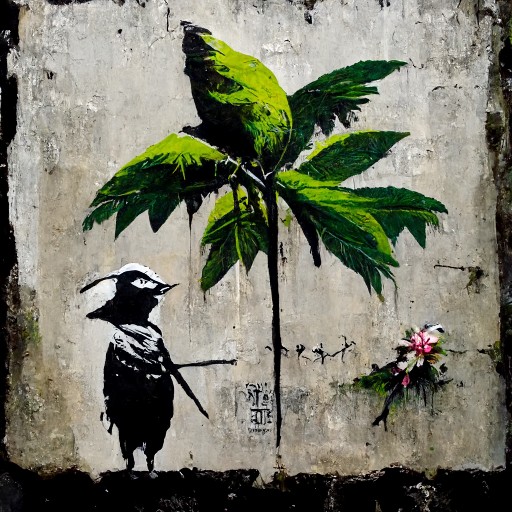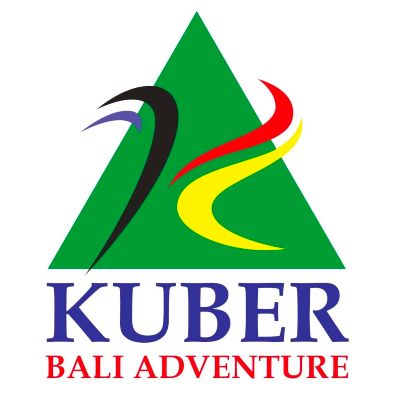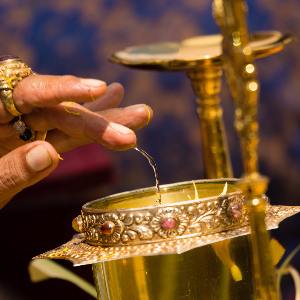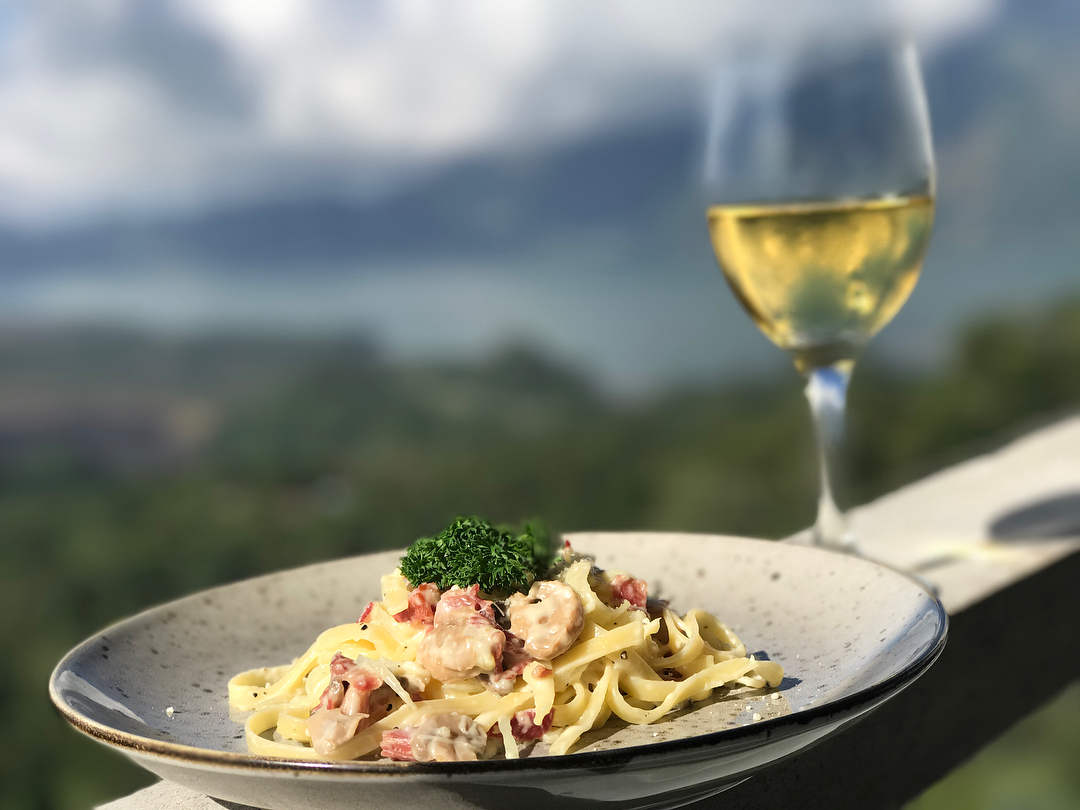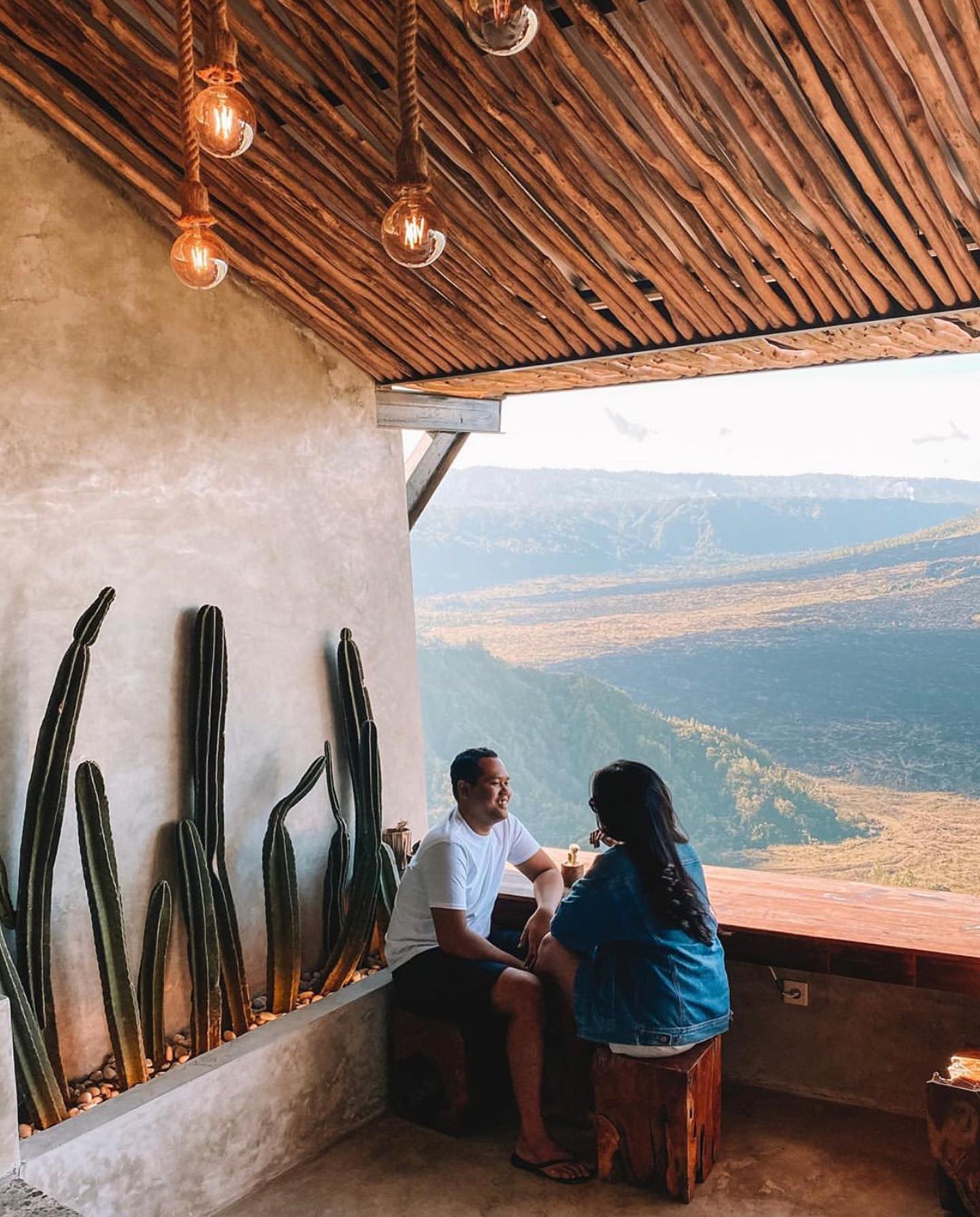The Kintamani area holds a distinct cultural identity deeply influenced by its proximity to Mount Batur and its rich agricultural heritage. The cultural traditions and practices of Kintamani’s communities are closely tied to their reverence for the volcano and the fertile lands surrounding it.
Kintamani is a place that development has not affected very strongly. Most of it is still very remote and rural. Pura Ulun Danu Batur is considered as one of the directional temples in Bali. Balinese dedicated this temple to one of the Visnu God manifestation Dewi Danu, the goddess all the lakes in Bali. Originally, this temple was located at the south-western slope of Mount Batur, due to a massive eruption in 1917, it is moved to the current location.
1. Trunyan Village. If you wish to discover something more unique from Bali culture, you can hire a traditional boat/ jukung to go across Lake Batur and headed to Trunyan Village. Many videos and posts have gone viral on the internet regarding this mysterious part of Bali; the locals living in this area don’t bury or cremate their family when they passed away. The bodies are laid-down under big trees and covered only with woven bamboo. The big trees and coffees scattered around the corpses are surprisingly able to absorb the unpleasant smells.
2. Volcanic Sacredness: Mount Batur holds significant spiritual importance for the local Balinese communities in Kintamani. The volcano is considered a sacred site, and the people believe that it houses benevolent spirits and deities. Rituals and offerings are regularly conducted to pay homage to these spiritual entities and seek their protection and blessings.
3 Temples and Religious Practices: Kintamani is home to numerous temples, both large and small, which play a vital role in the locals’ daily lives. Pura Ulun Danu Batur, located near the crater of Mount Batur and perched on the edge of Lake Batur, is one of the most revered temples in the area. The temple is dedicated to the goddess of lakes and rivers, Dewi Danu. Festivals and ceremonies held at these temples are vibrant displays of Balinese spirituality and cultural pride.
4. Agricultural Heritage: Agriculture is a cornerstone of Kintamani’s culture and history. The fertile volcanic soils of the region, enriched by the volcanic eruptions of Mount Batur, support the growth of various crops, including coffee, vegetables, fruits, and spices. The Balinese people in Kintamani practice traditional rice terracing, reflecting their age-old agricultural techniques and harmonious relationship with the land.
5. Subak Irrigation System: The traditional Subak irrigation system, a UNESCO World Heritage site, plays a crucial role in managing water resources for agriculture. This ancient system, dating back to the 9th century, showcases the community’s spirit of cooperation in managing their agricultural resources sustainably. More info on the unique Subal Irrigation System in Bali
6. Art and Handicrafts: Kintamani’s cultural heritage is also evident in its artistic expressions. The local communities produce intricate wood carvings, paintings, and handcrafted textiles that reflect the island’s artistic prowess and creative spirit.
Agricultural Influences and Proximity to Mount Batur:
The agricultural practices in Kintamani are profoundly influenced by its proximity to Mount Batur. The volcanic soil surrounding the volcano is exceptionally fertile, making it ideal for cultivation. The local communities have harnessed the volcanic blessings to grow a wide variety of crops, especially coffee. Kintamani’s coffee, known as “Kintamani Coffee,” is renowned for its unique flavors and distinctive aroma, attracting coffee enthusiasts from around the world.
The agricultural practices in Kintamani are deeply ingrained in the local culture and contribute to the sustainability and self-sufficiency of the communities. The terraced rice fields and lush plantations not only provide a livelihood but also contribute to the area’s breathtaking landscapes, making Kintamani a paradise for nature lovers and admirers of authentic Balinese traditions.
The combination of the sacredness of Mount Batur, the traditional agricultural practices, and the vibrant cultural expressions make Kintamani a remarkable and enriching destination where visitors can experience the heart and soul of Bali’s highland culture.
